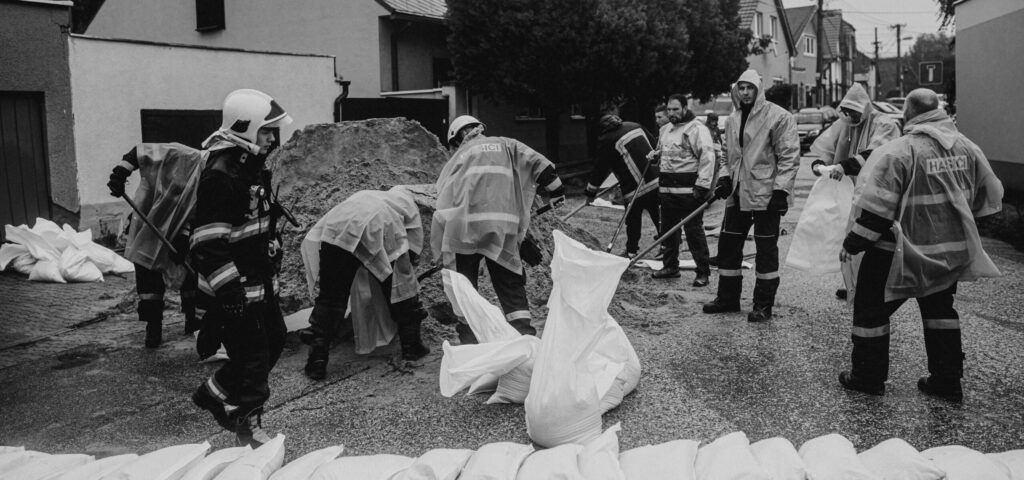Risk Assessment and Emergency Management

In emergency situations, timely risk assessment can significantly reduce the consequences of disasters. According to the Disaster Risk Reduction and Emergency Management Act (“Official Gazette of RS”, No. 87/18) and relevant regulations, risk assessment is mandatory for various entities, including government institutions, companies, healthcare facilities, educational institutions, and social protection centers.
The Security Innovation Center at the Faculty of Security Studies offers professional development of the following documents and training:
Disaster Risk Assessment – Analysis of potential threats and assessment of consequences.
Protection and Rescue Plan – Definition of measures and activities for prevention and response.
Employee Training – Practical training for the implementation of the Protection and Rescue Plan.
How often is a Risk Assessment conducted?
Risk assessment is updated every three years, or earlier if significant changes occur in the environment or new risks emerge.
What risks are assessed?
Based on the methodology prescribed in the “Official Gazette of RS”, No. 80/2019, the risk assessment includes threats such as:
- Natural disasters (earthquakes, floods, extreme weather events)
- Epidemiological and biological risks
- Fires, explosions, and technical-technological accidents
- Other specific threats depending on the operational sector
What happens after the Risk Assessment is completed?
Once completed, the document is submitted to the Sector for Emergency Situations for approval. Upon receiving a positive opinion, the development of the Protection and Rescue Plan can proceed.
What is the Protection and Rescue Plan?
The Protection and Rescue Plan is a key document that defines specific measures and procedures for protecting employees, material and cultural assets, and the environment. Its goal is the organized and efficient implementation of preventive and reactive measures during crisis situations.
How often is the Protection and Rescue Plan developed?
The Protection and Rescue Plan is developed for a period of three years, with the possibility of earlier updates in case of changes in risks.
Contact us for more information and consultations.